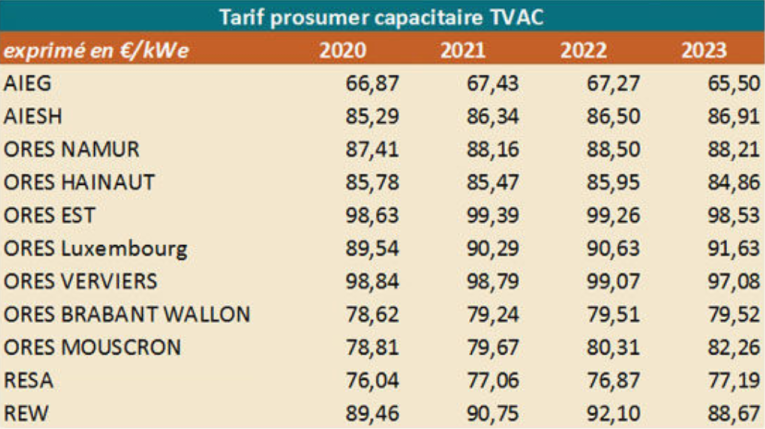Prosumer tariff
Fair Participation
In 2020, the Belgian government pointed out this unfair system for consumers without panels. This is why, on October 1, 2020, the prosumer tariff made its appearance.
It is not a tax, but a tariff that aims to make all users of the distribution network contribute to its costs.

What is a prosumer?
The word prosumer comes from the contraction of “producer” and “consumer”.
A prosumer is therefore a user of the distribution network with a decentralized photovoltaic installation (whose power is equal to or less than 10 kVa), capable of injecting or withdrawing electricity from the network.
prosumer pricing and profitability
The prosumer tariff has little impact on the overall profitability of a photovoltaic project. Indeed, the Association for the Promotion of Renewable Energies confirms that the return on investment is achievable within 5 to 6 years depending on the project. Assuming a lifespan of at least 25 years, the prosumer need not worry. It will benefit from many more years of inexpensive solar electricity.
How is the prosumer rate charged?
The prosumer tariff has two tariff options:
- Proportional tariff or real tariff
- Capacity or flat-rate tariff
Depending on its locality, each prosumer is connected to a particular network manager (GRD). In this way, the following distribution networks present the prosumer tariffs for the years 2020, 2021, 2022 and 2023.

